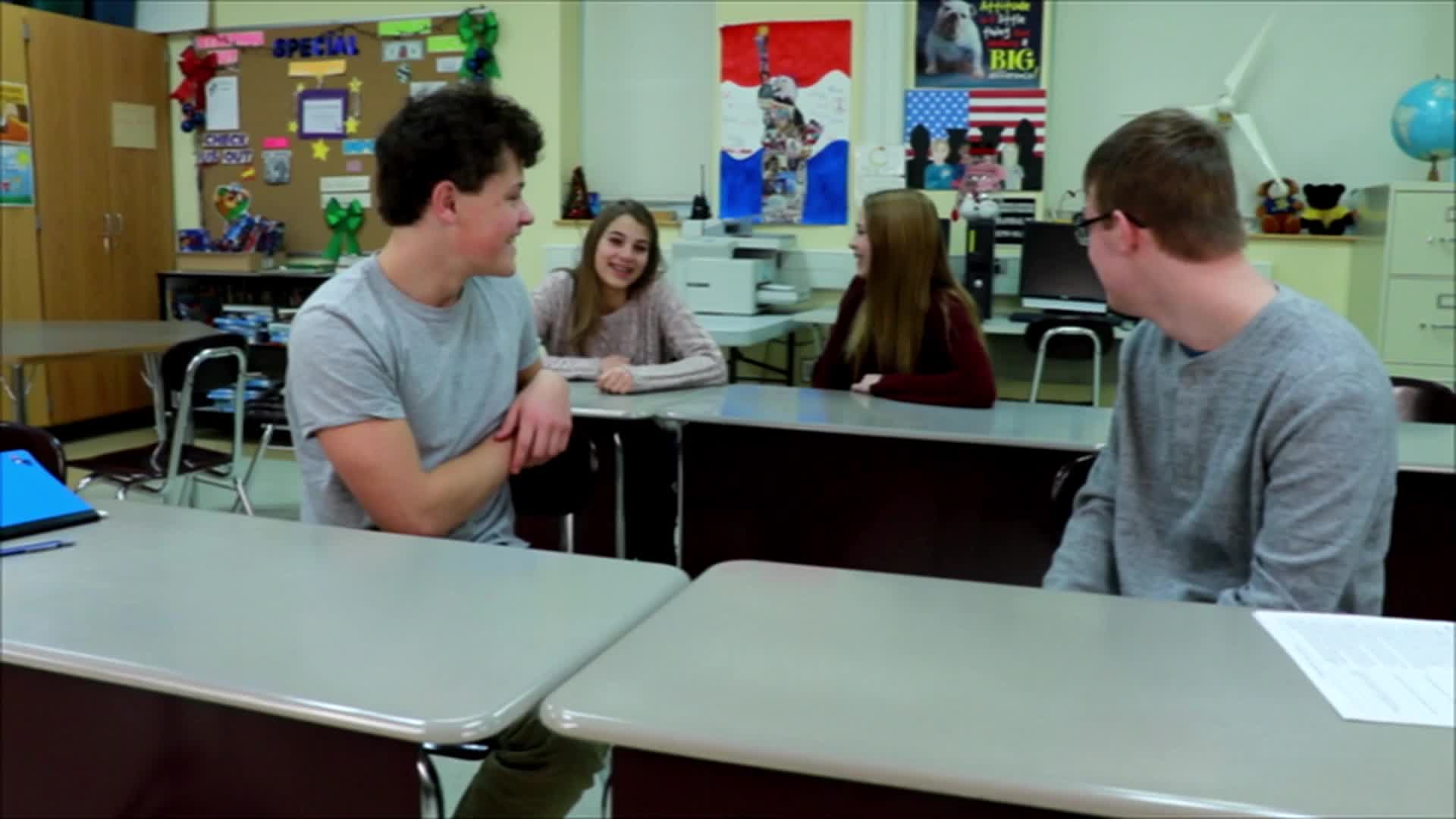
Introduction
As educators, we strive to teach our students essential communication skills that will serve them well in life. One such skill is the ability to discern when to say something out loud and when to keep it to oneself. This concept, often referred to as “Think It or Say It” or “Using a Filter,” is a crucial aspect of Social-Emotional Learning. By practicing this skill, students learn the importance of being considerate and respectful in their interactions with others.
No-Prep Activity: Guess What Happens Next
This engaging activity requires no preparation or materials and can be easily adapted for elementary students. The purpose of the activity is to help students understand the concept of using a filter in different situations.
- Start by presenting a scenario to your students. For example, “Andrew needs to go to the bathroom during class. He raises his hand and says, ‘I need to pee really, really bad.'”
- Ask your students to guess what happens next by providing them with three possible outcomes. For instance:
- The class will feel understanding of Andrew’s situation.
- The class will feel silly because that is not something you say out loud.
- The class will feel bored by Andrew’s comment.
- After the students have made their guesses, discuss the correct answer and explain why it is essential to use a filter in this situation. In this example, Andrew should have quietly asked the teacher to go to the bathroom instead of making a loud, potentially embarrassing announcement.
- Continue with additional scenarios, encouraging students to think critically about the importance of using a filter in various situations.
Discussion Questions
After completing the activity, use these questions to stimulate further discussion and reinforce the concept of using a filter:
- Why is it important to use a filter when we communicate with others?
- How can using a filter help us build better relationships with our friends and classmates?
- Can you think of a time when you should have used a filter but didn’t? What happened, and what could you have done differently?
- How can you practice using a filter in your daily life?
- What are some strategies to help you remember to use a filter when speaking?
Related Skills
Teaching students the concept of using a filter is just one aspect of Social-Emotional Learning. Other related skills for students to develop include:
- Active listening
- Empathy
- Respect for others
- Assertiveness
- Conflict resolution
Next Steps
To further support your students’ development of Social-Emotional Learning skills, we encourage you to explore additional resources and activities. Sign up for free samples of these materials and more by visiting Everyday Speech. By incorporating these valuable resources into your teaching, you can help your students grow into well-rounded individuals who can navigate the complexities of social interactions with confidence and grace.

